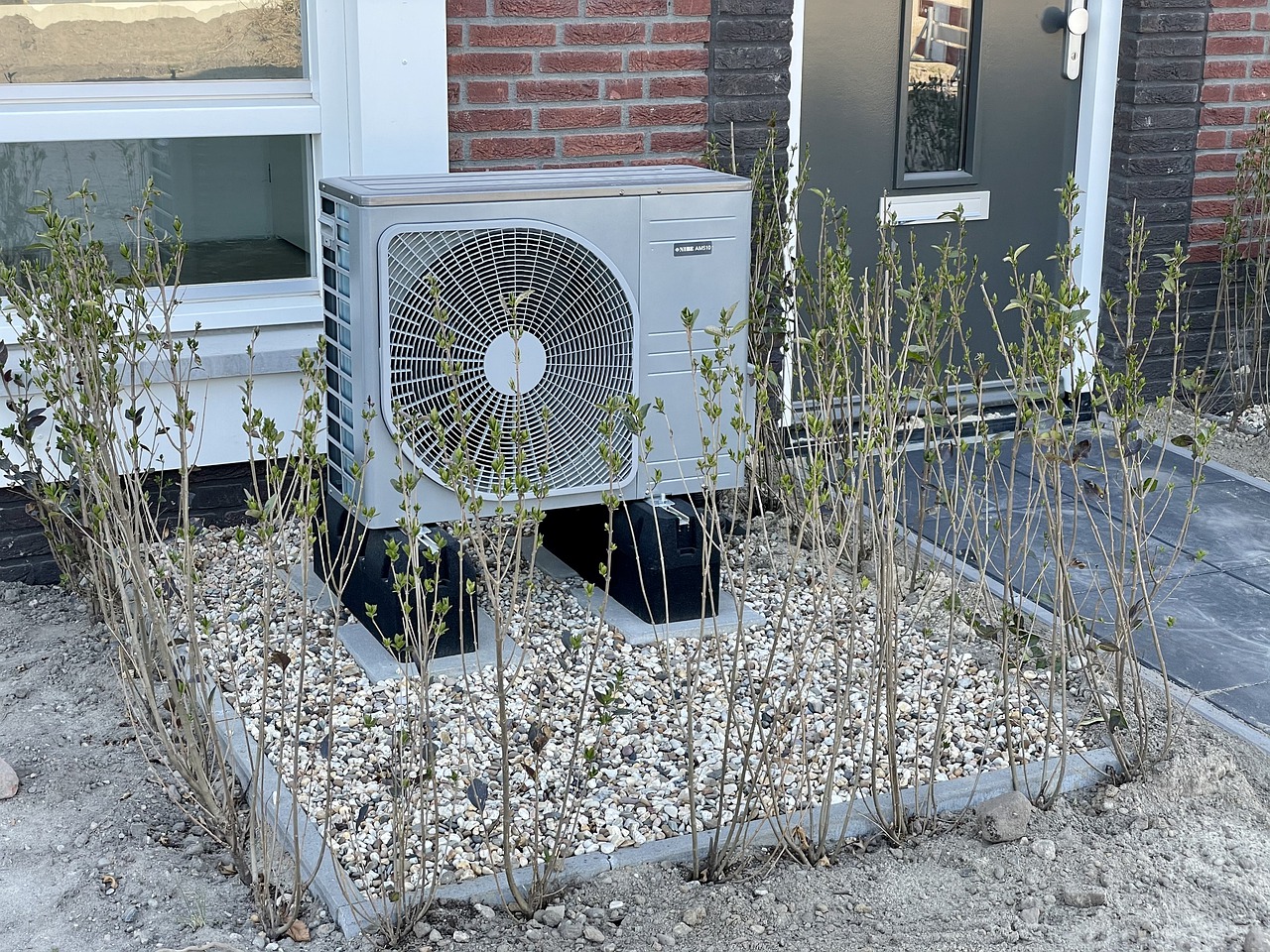Types of heat pump
Heat pumps transfer heat from a lower temperature source to one of a higher temperature. This is the opposite of the natural flow of heat, and is similar to the process used in refrigeration.
Heat pumps can be used domestically or commercially to provide hot water, space heating (either by providing hot water for under-floor heating or radiators, or supplying hot air) or other applications such as heating swimming pools.
In the UK, heat pumps are most commonly air-source or ground-source heat pumps. However, the temperature of ground water sources in the UK tends to be fairly constant for most of the year, at between 8 and 12°C, and so water source heat pumps can be more efficient - but this requires access to a suitable water source.
For more information see: Heat pump.
There are a wide range of different types of heat pump. The list below summarises some of the main types, with links to articles providing more information.
- Absorption heat pump.
- Air source heat pumps.
- Ambient loop heat pump system.
- Closed loop heat pump system.
- Exhaust air heat pump.
- Gas absorption heat pump.
- Ground source heat pumps.
- Hybrid heat pump electric panel heating.
- Open loop heat pump system.
- Reverse cycle heat pump system.
- Room-based heat pumps.
- Sewage heat pump.
- Solar-assisted heat pump.
- Water loop heat pump system.
- Water source heat pumps.
[edit] Related articles on Designing Buildings
- Absorption heat pump.
- A decade for heat pumps.
- Air source heat pumps.
- BSRIA domestic hot water heat pumps testing.
- Domestic heat pumps and the electricity supply system.
- Dynamic thermal modelling of closed loop geothermal heat pump systems.
- Earth-to-air heat exchangers.
- Exhaust air heat pump.
- Ground energy options.
- Ground source heat pumps.
- Heat exchanger.
- Heat pumps and heat waves: How overheating complicates ending gas in the UK.
- Heat recovery.
- Hybrid heat pump electric panel heating.
- Mechanical ventilation with heat recovery.
- Reversible heat pumps to provide comfort cooling.
- Room-based heat pumps.
- The different types of heat pumps and their uses.
- Water source heat pumps.
- What are the different types of heat pumps and where would you use them?
Featured articles and news
RTPI leader to become new CIOB Chief Executive Officer
Dr Victoria Hills MRTPI, FICE to take over after Caroline Gumble’s departure.
Social and affordable housing, a long term plan for delivery
The “Delivering a Decade of Renewal for Social and Affordable Housing” strategy sets out future path.
A change to adoptive architecture
Effects of global weather warming on architectural detailing, material choice and human interaction.
The proposed publicly owned and backed subsidiary of Homes England, to facilitate new homes.
How big is the problem and what can we do to mitigate the effects?
Overheating guidance and tools for building designers
A number of cool guides to help with the heat.
The UK's Modern Industrial Strategy: A 10 year plan
Previous consultation criticism, current key elements and general support with some persisting reservations.
Building Safety Regulator reforms
New roles, new staff and a new fast track service pave the way for a single construction regulator.
Architectural Technologist CPDs and Communications
CIAT CPD… and how you can do it!
Cooling centres and cool spaces
Managing extreme heat in cities by directing the public to places for heat stress relief and water sources.
Winter gardens: A brief history and warm variations
Extending the season with glass in different forms and terms.
Restoring Great Yarmouth's Winter Gardens
Transforming one of the least sustainable constructions imaginable.
Construction Skills Mission Board launch sector drive
Newly formed government and industry collaboration set strategy for recruiting an additional 100,000 construction workers a year.
New Architects Code comes into effect in September 2025
ARB Architects Code of Conduct and Practice available with ongoing consultation regarding guidance.
Welsh Skills Body (Medr) launches ambitious plan
The new skills body brings together funding and regulation of tertiary education and research for the devolved nation.
Paul Gandy FCIOB announced as next CIOB President
Former Tilbury Douglas CEO takes helm.
UK Infrastructure: A 10 Year Strategy. In brief with reactions
With the National Infrastructure and Service Transformation Authority (NISTA).
























Comments
[edit] To make a comment about this article, click 'Add a comment' above. Separate your comments from any existing comments by inserting a horizontal line.